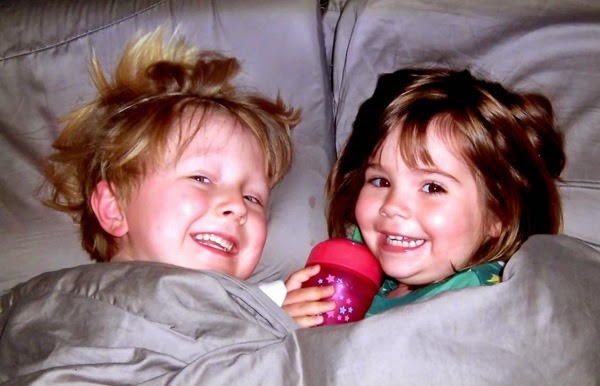rare/re(ə)r/ Adjective
1.) marked by unusual quality, merit or appeal, distinctive
2.) seldom occuring or found uncommonly
Typically when we think of something as rare,
we think of something special,
unique or hard to come by.
Something spectacular such as the Hope Diamond,
or discovering long, lost ancient ruins
or even a fossilized sand dollar
such as the one I found recently on the beach.
Rarely, no pun intended, do we like to associate
the word "rare" with an illness.
However there is nothing spectacular about
receiving a diagnosis of a rare disease.
It is, in a word, devastating.
Less than 5% of rare diseases have
any therapies or treatments.
There are 7,000 identified rare diseases with no cures.
350 million people have a rare disease.
That is more than all those with
Cancer and AIDS combined.
Finding funding for research, advocacy
and community outreach
for these orphan diseases,
as they are called, can be challenging.
However within this rare community of people,
there is something special about a rare disease,
the people.
These special people are…
...the scientists who study it,
 |
Researchers in the FOP lab at University of Pennsylvania.
Meiqi Xu, Drs Frederick Kapkab and Eileen Shore
|
the patients and families who live with it
and support research through family fundraisers,
 |
Hayden Pheif, skiing in 2008, at the Far West
Disabled Sports Center in Alpine Meadows, CA |
the people who spread awareness
through outreach and advocacy.
These people are rare in a very special way.
They give us hope.
Even though the people afflicted with rare diseases
create a very large community,
their conditions remain largely unknown
to the vast majority of the world population.
This Friday, February 28th,
is
Rare Disease Day.
This day was created in the United States
by the National Organization for Rare Diseases (NORD)
to raise awareness and
increase advocacy for these special diseases,
as well as to provide hope to the
patients and families afflicted by them.
Please join me in by honoring those whocourageously live with a
Rare Disease by donating to the




















